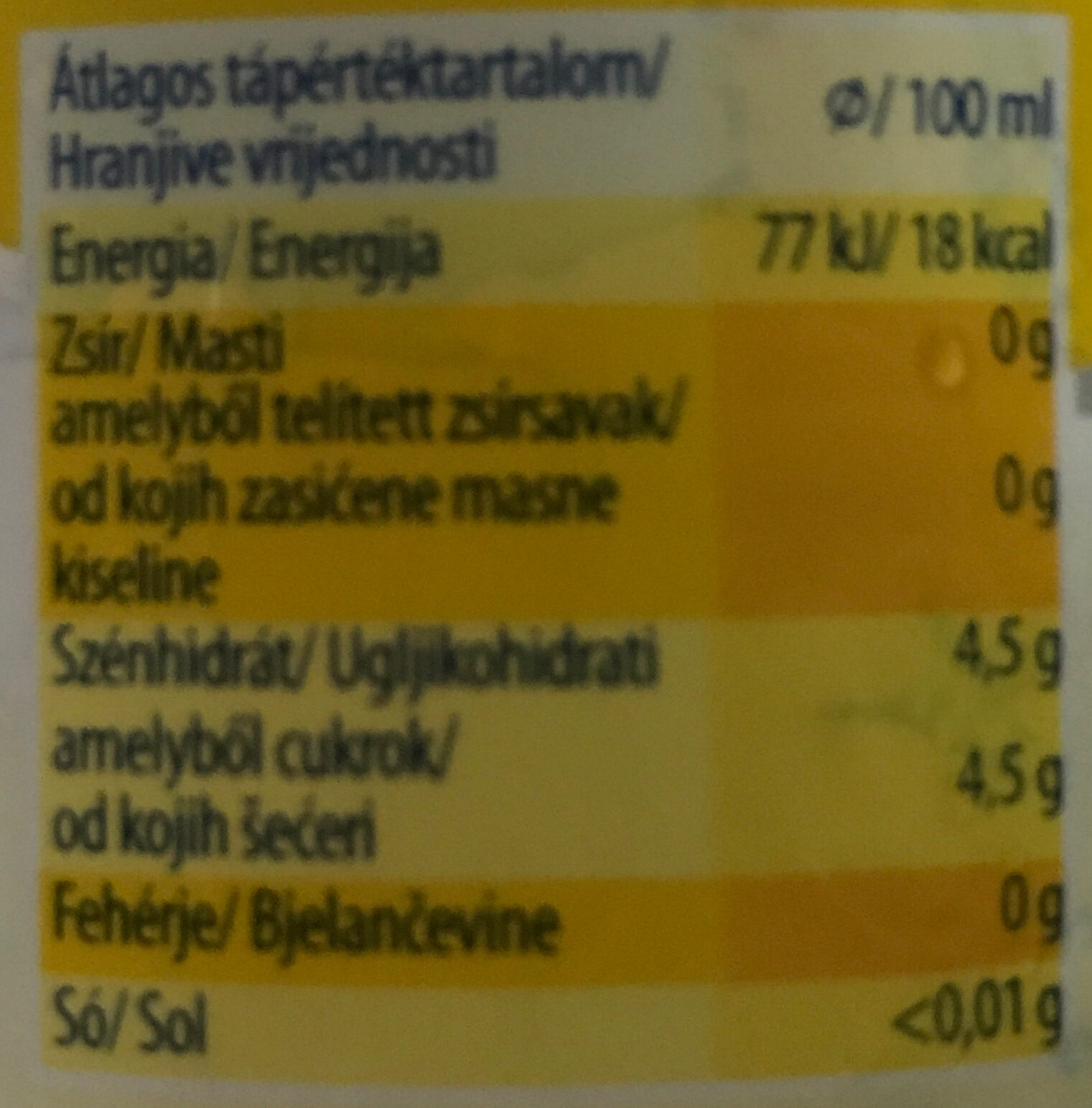Saguaro lemon - 1,5l
This product page is not complete. You can help to complete it by editing it and adding more data from the photos we have, or by taking more photos using the app for Android or iPhone/iPad. Thank you!
×
Barcode: 4304493256903 (EAN / EAN-13)
Quantity: 1,5l
Brands: Saguaro
Categories: Beverages and beverages preparations, Beverages, Carbonated drinks, Waters, Spring waters, Mineral waters, Carbonated waters, Flavored waters, Flavored sparkling waters
Labels, certifications, awards: Low or no salt, No salt
Matching with your preferences
Environment
Packaging
Transportation
Report a problem
Data sources
Product added on by openfoodfacts-contributors
Last edit of product page on by benbenben.
Product page also edited by auxburgo, inf.
If the data is incomplete or incorrect, you can complete or correct it by editing this page.










